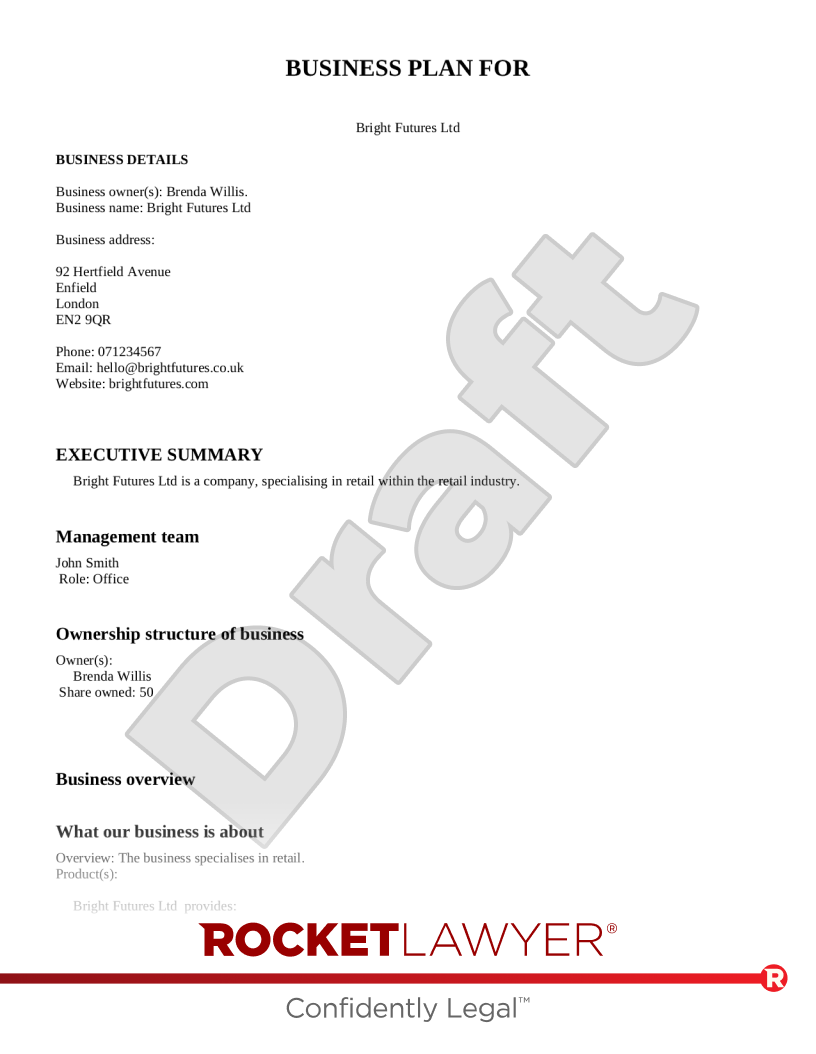What is a SWOT analysis?
A SWOT analysis can increase your business awareness and provide a valuable addition to your Business plan. It’s split into four sections - Strengths, Weaknesses, Opportunities and Threats - with each one detailing the various relevant attributes and downsides to your business and the industry.
SWOT analyses are sometimes represented visually in the form of a matrix.
Examining your business and the sector in which it operates is intrinsically valuable, as it helps you to make strategic decisions and prevent disasters by planning ahead.
Brainstorming is often a good way to begin a SWOT analysis; simply jot down any observations or ideas which come to mind and flesh them out or edit them later.
Strengths
This is where you can highlight the qualities of your particular business, whether it’s the skill set, industry knowledge or a specialist resource.
Do you have any specific intellectual property rights? Have you secured a retail space with a particular high footfall? Perhaps you have acquired sole rights to sell a product in a particular region (eg as an agent). Whatever gives you a head start in the marketplace can be considered a strength.
Think about the advantages of your business compared to your key competitors. If you’re able to sell a product at a reduced cost due to lower overheads - or can provide a higher quality service for the same price - this will automatically put you at an advantage.
Weaknesses
If your business lacks certain skills (eg in the form of an effective salesperson or a technical expert) you’ll need to find a way of overcoming this, possibly by using external contractors.
You should also specify how you plan to deal with any other lack of resources (eg specialist machinery), as well as addressing any weaknesses compared to your competitors.
Opportunities
In this section, you can make a general case as to why your business will succeed in a certain market (eg umbrellas in rainy England) as well as detailing any specific opportunities (eg umbrellas which tap into a fashion trend) and the possibility to claim a niche position (eg a reputation for durable umbrellas).
Threats
Threats are any external factors that you have no control over and that may detrimentally affect and threaten your business. Try and be frank about any potential reasons your business may not succeed, particularly in light of existing or possible future market conditions. Remember to detail contingency plans for dealing with such threats.
Having in place contingency plans allows a business to plan for an outcome other than what was expected, as a result of any threats. As a result, contingency plans can help solve or alleviate any threats to the business by allowing the business to adjust to different circumstances and/or outcomes. For more information, read Business contingency plans.




